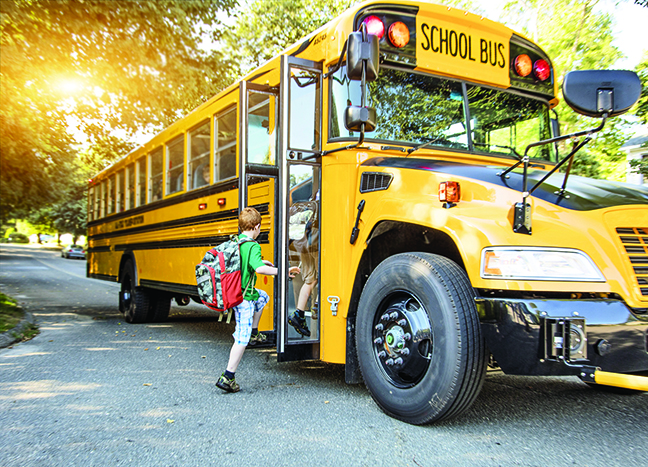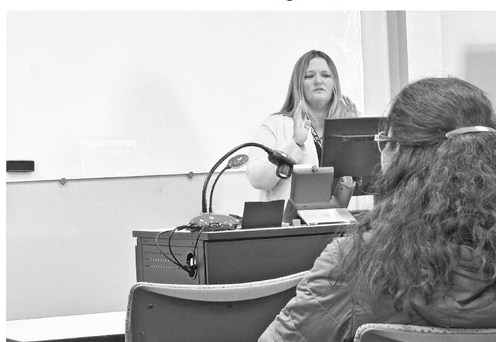Watch for children when school buses start rolling


Another school year is set to begin this month, and the Wisconsin State Patrol is reminding drivers to be alert and avoid distractions, to keep kids safe as they travel to and from school. Traffic pat...




